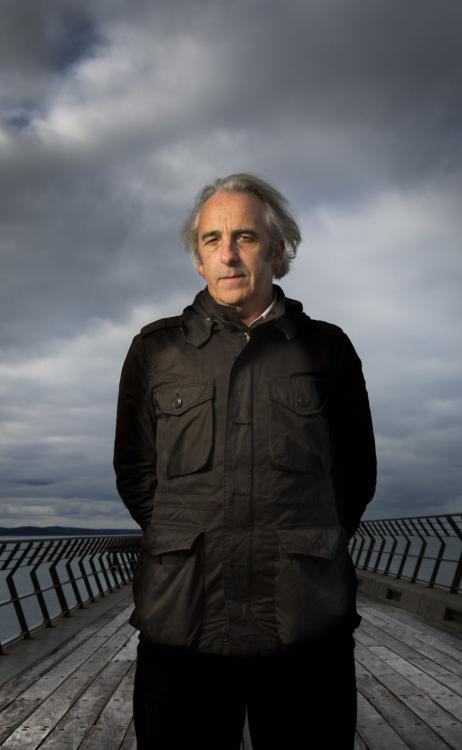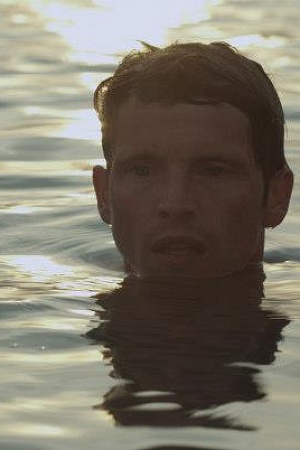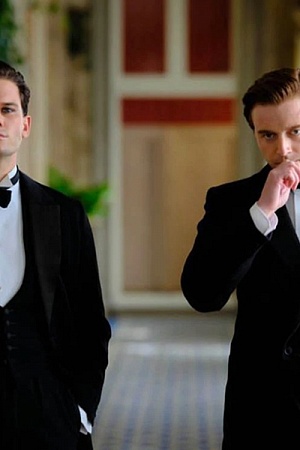Jasper Jones ★★★★
There is something deeply satisfying about watching a classic cinematic trope done well. The film version of Jasper Jones, the best-selling Australian novel of the same name by Craig Silvey, is a uniquely Australian take on the coming of age film, done very well.
In publicity material, director Rachel Perkins (Bran Nue Dae, 2009; Radiance, 1998) name-checks Rob Reiner’s Stand By Me (1986) – the story of four boys in a small Oregon town who set out to find the body of a missing child – as a central inspiration. Other examples come to mind, including Robert Mulligan’s To Kill a Mockingbird (1962) and, closer to home, The Year My Voice Broke (1987), both of which portray the messy collision of childhood idealism with the mysterious, cynical world of adulthood.
Continue reading for only $10 per month. Subscribe and gain full access to Australian Book Review. Already a subscriber? Sign in. If you need assistance, feel free to contact us.















Leave a comment
If you are an ABR subscriber, you will need to sign in to post a comment.
If you have forgotten your sign in details, or if you receive an error message when trying to submit your comment, please email your comment (and the name of the article to which it relates) to ABR Comments. We will review your comment and, subject to approval, we will post it under your name.
Please note that all comments must be approved by ABR and comply with our Terms & Conditions.